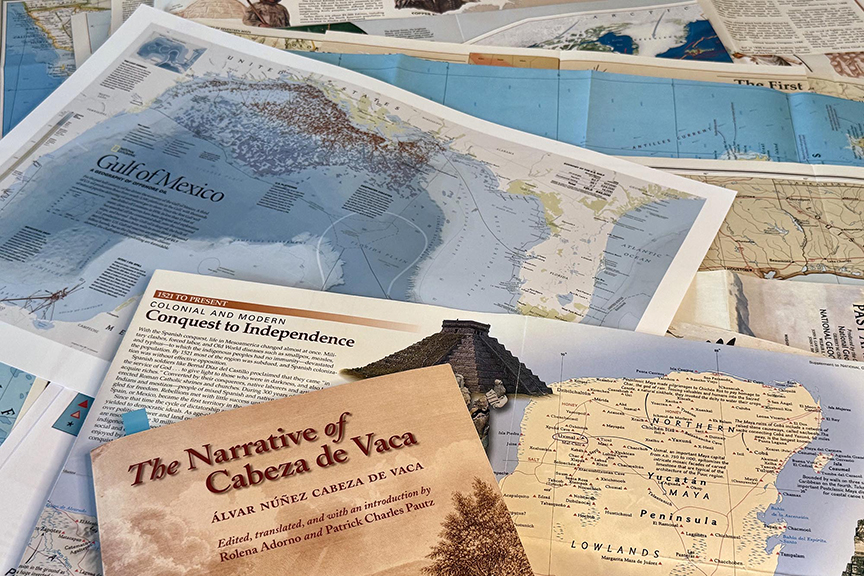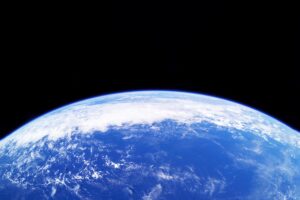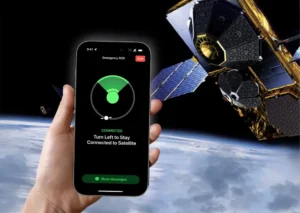What’s in a name? How much does changing the name of a body of water really matter?
These are the questions that irked U.S.-based cartographer Michael Hermann when President Donald Trump renamed the Gulf of Mexico the “Gulf of America.” Hermann and his wife had been traveling throughout Mexico for years, and he became increasingly fascinated by the immense scope of the Gulf’s history.
While visiting Mexico’s Yucatan peninsula several years ago, Hermann — the founder of Purple Lizard Maps — had an ambitious idea. What if he tried to make a “story map” that visualized 10,000 years of the Gulf’s history, from ancient civilizations to modern oil extraction?
The idea crystallized when Trump changed the Gulf’s name on the first day he returned to the presidency. Hermann didn’t like how Trump depicted Mexico only as a place “filled with gangs and murderers and rapists.” He didn’t like Trump changing North America’s highest mountain from its Indigenous name (Denali) to Mt. McKinley.
Those actions fuel a “nationalistic narrative” with “all the overtones of white colonial power,” Hermann said this week. So Hermann launched a Kickstarter to fund his vision for a new map of the Gulf of Mexico.
“Maps tend to shape things like memory and meaning,” Hermann said. “They can tell stories, and this lets us tell a deeper story about the Gulf.”
An amazing history
Trump wasn’t content with just issuing an executive order changing the Gulf’s name. He has instructed federal agencies to ban or limit the phrase “Gulf of Mexico.” When the Associated Press (the country’s oldest news organization) continued using “Gulf of Mexico” in its stories, Trump banned AP reporters from the White House.
Amid all the rhetoric, however, it became clear to Hermann that few people really understood the uniqueness of the Gulf itself.
After all, it’s the place where a meteor struck the Earth 66 million years ago, killing all the dinosaurs. It’s where ancient civilizations like the Olmec, Maya, and Aztec developed for thousands of years in the lands that eventually became Mexico. The Gulf was critical to the arrival and expansion of colonial powers from Europe.
Then it became crucial to U.S. political power, and finally an international hub for extracting the oil — created from all those dead dinosaurs.
The whole story

‘Bye bye, traitor’
Project’s uncertain future
This article first appeared on GearJunkie.









